Table of Contents
Are you planning to travel soon and wondering whether you can bring your medications in your carry-on luggage? If so, you’re not alone. Many people have questions about what is allowed and what is not when it comes to packing medications for air travel.
The good news is that in most cases, you can bring your medications in your carry-on luggage. According to the Transportation Security Administration (TSA), you can travel with your medication in both carry-on and checked baggage. However, it’s highly recommended that you place these items in your carry-on in the event that you need immediate access.
Key Takeaways
- You can bring your medications in your carry-on luggage.
- It’s recommended that you keep your medication in your carry-on for easy access.
- There are some special considerations for certain medications and medical devices, so it’s important to check with your doctor and the TSA before traveling.
Are Medications Allowed in Carry-On Luggage?
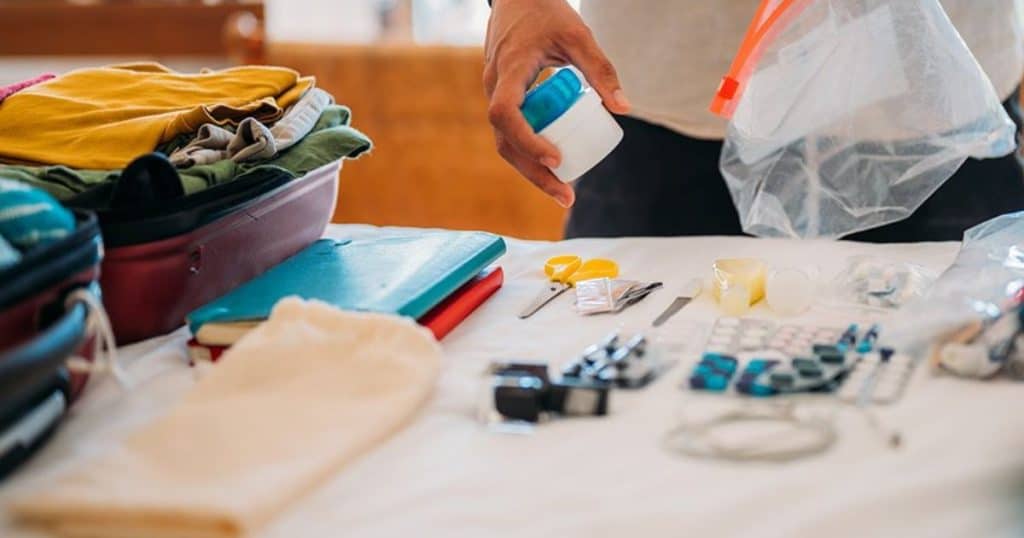
You’re all set for your upcoming trip, but there’s one thing you’re not sure about: can you bring your medications in your carry-on luggage? The answer is yes! According to the TSA, medications are allowed in both carry-on and checked bags. However, there are a few rules you should be aware of to make sure your travel experience is as smooth as possible.
Firstly, if you’re carrying liquid medication, it’s important to remember the 3-1-1 rule. This means that any liquid medication you bring in your carry-on luggage must be in containers that are 3.4 ounces or less, and all containers must fit in a single quart-sized bag. If you have medically necessary liquids in excess of this amount, you can still bring them in your carry-on baggage, but you’ll need to declare them to the security officer at the checkpoint for inspection.
When packing your medications, it’s also a good idea to keep them in their original container. This makes it easier for the security officer to identify them and can help prevent any confusion or delays at the checkpoint. Additionally, if you’re carrying prescription medications, it’s important to make sure they’re labeled with your name and the name of the prescribing doctor.
If you have any questions or concerns about bringing your medications in your carry-on luggage, don’t hesitate to reach out to the TSA for more information. With a little bit of planning and preparation, you can ensure that your medications are safely and conveniently packed for your next trip.
Prescription Medications
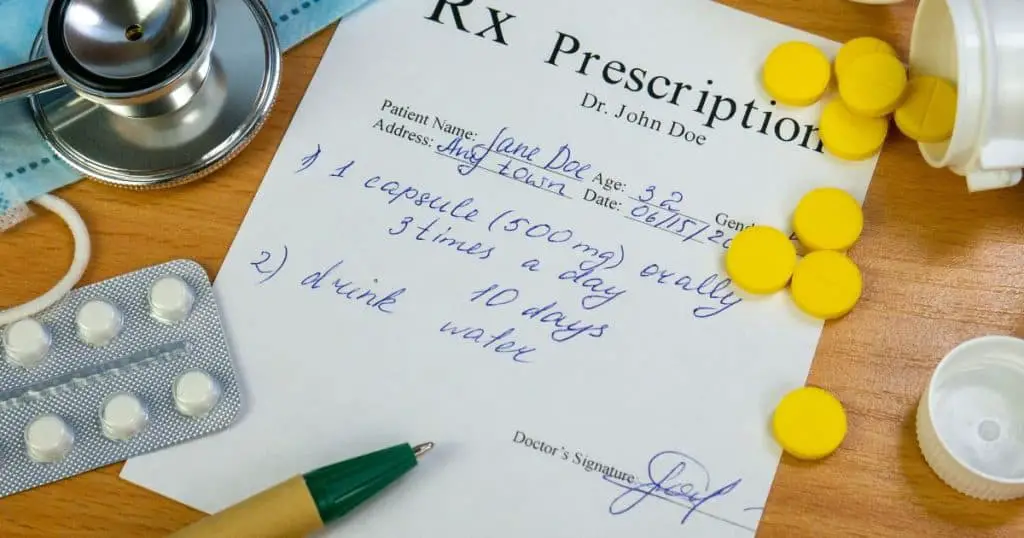
You’re all set for your upcoming trip, but as you pack your bags, you may be wondering if you can bring your prescription medications with you in your carry-on luggage. The good news is that you can! As long as you follow the TSA guidelines, you can bring your prescription medications with you on your flight.
When packing your prescription medications, it’s important to keep them in their original prescription bottles. This will help the TSA officers verify that the medication is yours and that it’s a legitimate prescription. If you have a pill case, you can transfer your medication into it, but make sure to keep the original prescription bottle with you in case you’re asked to verify your medication.
If you’re traveling with controlled substances, such as opioids or benzodiazepines, you’ll need to take extra precautions. You should keep these medications in their original prescription bottles and bring a copy of your prescription with you. The TSA may ask to see your prescription, so it’s important to have it on hand.
When traveling with prescription medications, it’s a good idea to keep them in your carry-on luggage. This way, you’ll have access to them during your flight, and you won’t have to worry about them getting lost or delayed if your checked luggage is lost or delayed.
In conclusion, you can bring your prescription medications with you in your carry-on luggage, but make sure to follow the TSA guidelines. Keep your medications in their original prescription bottles, and bring a copy of your prescription if you’re traveling with controlled substances. By taking these steps, you can ensure that your medications are safe and secure during your flight.
Special Medications and Medical Devices
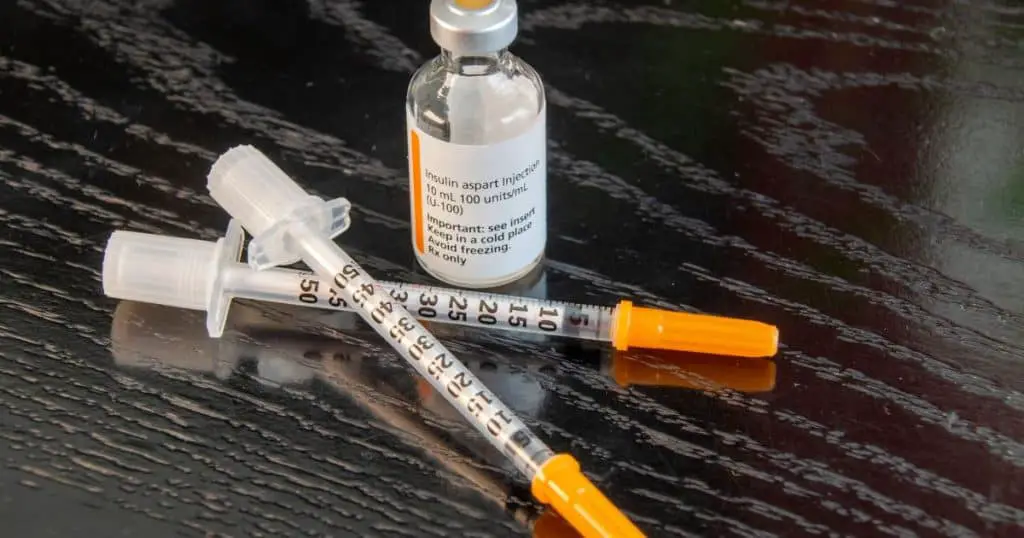
Are you worried about traveling with special medications or medical devices? Don’t be! The TSA allows passengers to bring medically necessary liquids, gels, and aerosols in reasonable quantities for their trip. This includes prescription and over-the-counter medications, as well as medical devices such as insulin pumps, Epipens, inhalers, nitroglycerin tablets, and blood sugar test kits.
If you have diabetes and need to bring insulin with you, you can bring it in your carry-on luggage. It’s also a good idea to bring a blood sugar test kit and any other supplies you may need. If you have an insulin pump, you can wear it through the security checkpoint and during the flight.
If you have angina or coronary artery disease and need to bring nitroglycerin tablets with you, you can also bring them in your carry-on luggage. It’s a good idea to bring a copy of your prescription with you, just in case.
If you have a medical device such as a bone growth stimulator, spinal stimulator, or neurostimulator, you can bring it with you in your carry-on luggage or checked baggage. It’s a good idea to let the TSA agent know about it before going through security.
If you need to bring a feeding tube or ostomy supplies with you, you can also bring them in your carry-on luggage or checked baggage. It’s a good idea to bring a letter from your doctor explaining why you need these supplies.
If you need to bring a cane, cast, or crutches with you, you can also bring them in your carry-on luggage or checked baggage. The TSA also allows external medical devices such as hearing aids and pacemakers.
Remember, the final decision on whether an item is allowed through the checkpoint rests with the TSA officer. It’s always a good idea to check the TSA website for the most up-to-date information on what you can and cannot bring with you on your flight.
Security Screening Procedures
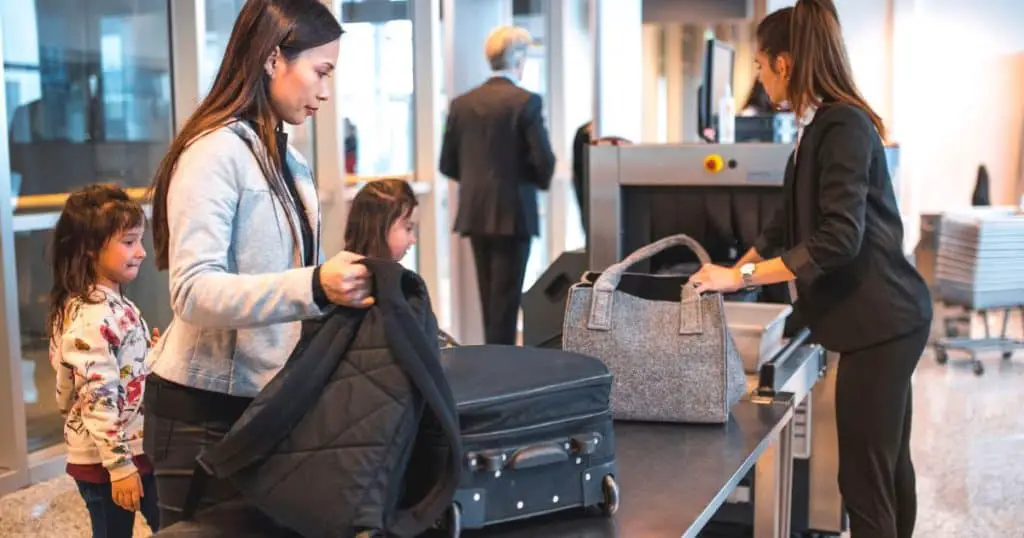
You’ve packed your medication in your carry-on luggage, and now you’re wondering what the security screening procedures are. Don’t worry; we’ve got you covered!
When you reach the security checkpoint, you’ll be asked to place your carry-on luggage, including your medication, on the X-ray screening belt. The X-ray machine is safe for your medication, and you don’t have to worry about it getting damaged.
If the X-ray machine detects something suspicious, your luggage may undergo additional screening, which may cause some delays. The Transportation Security Administration (TSA) may also use advanced imaging technology or explosive trace detection to ensure the safety of all passengers.
If you’re uncomfortable with the X-ray screening or advanced imaging technology, you can request a pat-down. The TSA officer will explain the procedure to you and ask for your consent before conducting the pat-down.
It’s important to note that you must declare all medically necessary liquids, gels, and aerosols to the security officers at the checkpoint for inspection. You don’t have to place medically required liquids in a zip-top bag, but you must tell the officer that you have medically necessary liquids at the start of the screening checkpoint process.
In summary, when you’re traveling with medication in your carry-on luggage, you’ll need to go through security screening procedures at the checkpoint. Your luggage will undergo X-ray screening, and if necessary, additional screening may be required. You can request a pat-down if you’re uncomfortable with the X-ray screening or advanced imaging technology. Remember to declare all medically necessary liquids, gels, and aerosols to the security officers for inspection.
Traveling Abroad with Medications
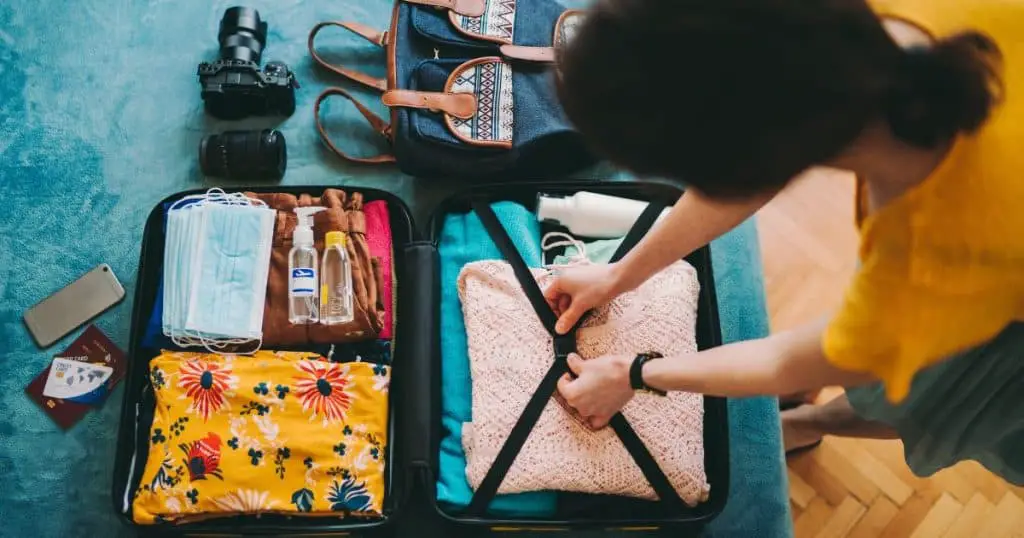
You’re excited about your upcoming international trip. You’ve got your passport, your tickets, and your itinerary all planned out. But what about your medications? Can you bring them with you in your carry-on luggage? The short answer is yes, but there are a few things you need to know before you go.
When traveling abroad, it’s always a good idea to pack your medications in your carry-on luggage. This way, you’ll have them with you at all times, even if your checked luggage gets lost or delayed. But before you pack your bags, there are a few things you need to keep in mind.
First, make sure your medications are in their original, labeled containers. This ensures that they are clearly labeled with your full name, the name of your healthcare provider, the generic and brand name of the medication, and the exact dosage. You should also bring copies of all written prescriptions, including the generic names of your medicines.
If you’re traveling to a foreign port, it’s important to check the local laws and regulations regarding medications. Some countries have strict rules about what medications can be brought into the country, and you don’t want to get caught with something that’s illegal. You can check with the United States embassy in the country you’re visiting to find out more about the local laws and regulations.
International travelers should also be aware that some medications may be restricted or prohibited in certain countries. For example, some medications that are legal in the United States may be illegal in other countries. You should always check with your healthcare provider and the embassy of the country you’re visiting to find out if your medications are allowed.
In conclusion, traveling abroad with medications can be a bit tricky, but it’s definitely doable. Just make sure you pack them in your carry-on luggage, keep them in their original containers, and check the local laws and regulations before you go. With a little bit of planning and preparation, you can ensure that your medications are safe and secure during your travels.
Packing Medications
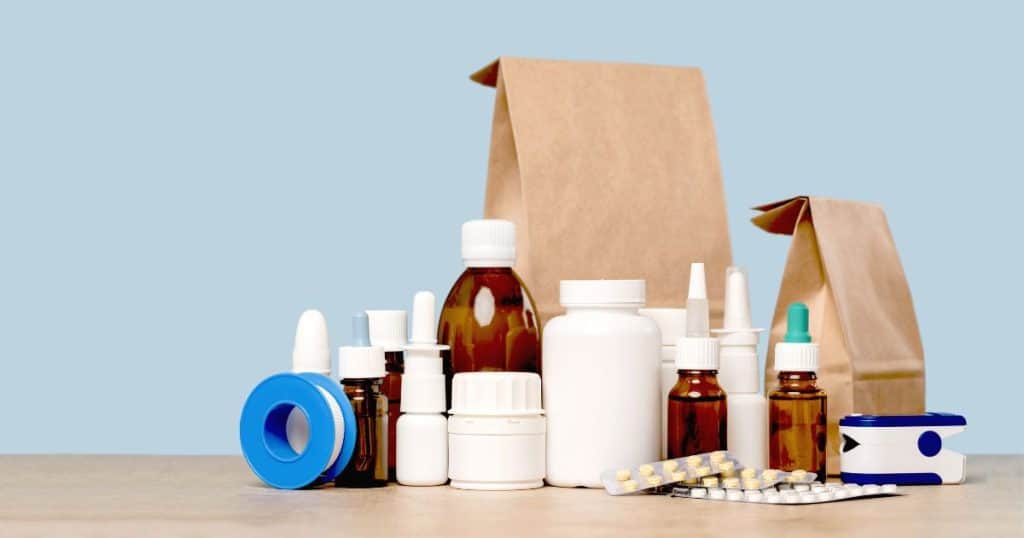
Are you planning a trip and wondering how to pack your medications? It can be stressful to figure out what to bring and how to pack it, especially if you’re flying. But don’t worry, we’ve got you covered. In this section, we’ll go over everything you need to know about packing medications in your carry-on luggage.
First, let’s talk about what you can bring. According to the TSA, you can bring both prescription and over-the-counter medications in your carry-on bag or checked luggage. However, it’s always a good idea to pack your medications in your carry-on bag in case your checked luggage gets lost or delayed.
Next, if you’re bringing liquids, gels, or aerosols, you’ll need to follow the TSA’s 3-1-1 rule. This means that liquids, gels, and aerosols must be in containers that are 3.4 ounces (100 milliliters) or less per item, and all containers must be placed in a clear, quart-sized plastic bag. You’re allowed one plastic bag per person, and the bag must be placed in a bin or on the conveyor belt for X-ray screening.
If you have medically necessary liquids that exceed the 3.4-ounce limit, such as insulin or liquid medications, you can bring them in larger quantities. However, you’ll need to declare them to the TSA officer at the checkpoint for inspection.
It’s also a good idea to keep your medications in their original packaging with the prescription label intact. This can help prevent any confusion or delays during the screening process. If you’re bringing syringes or other medical equipment, make sure to bring a doctor’s note or other documentation to explain why you need them.
Finally, if you’re bringing medications that need to be refrigerated, you can pack them in an insulated bag with ice packs. However, keep in mind that TSA agents may need to inspect the ice packs, so it’s a good idea to use gel packs instead of traditional ice packs.
In summary, packing medications for a trip can be stressful, but it doesn’t have to be. By following the TSA’s guidelines and keeping your medications organized and easily accessible, you can ensure a smooth and stress-free travel experience.
Are you planning a trip and wondering if you can bring your medications with you in your carry-on luggage? The answer is yes! But, there are a few special considerations you should keep in mind, especially if you have certain types of medications.
Let’s start with ice packs. If you need to bring ice packs to keep your medication cool, you can bring them in your carry-on luggage. However, they must be completely frozen when you go through security. If they are partially melted, they may be subject to additional screening.
If you wear contact lenses, you can bring your contact lens solution and eye drops in your carry-on luggage. However, they must be in containers that are 3.4 ounces or less and all containers must fit in a single quart-sized bag. Make sure to pack extra contact lenses, just in case.
If you are traveling with breast milk or baby formula, you can bring it in your carry-on luggage. However, you may be subject to additional screening. It’s a good idea to let the TSA officer know that you have breast milk or formula with you before you go through security.
If you need to bring syringes with you, you can bring them in your carry-on luggage. However, you must also bring a copy of your prescription and a letter from your doctor explaining why you need to bring the syringes with you.
If you have diabetes and need to bring glucose with you, you can bring it in your carry-on luggage. However, you must also bring a copy of your prescription and a letter from your doctor explaining why you need to bring the glucose with you.
Finally, if you have lithium-ion batteries for your medical devices, you can bring them in your carry-on luggage. However, they must be in your device or in your carry-on bag. You cannot check lithium-ion batteries.
Remember, it’s always a good idea to check with your airline and the TSA before you travel to make sure you have all the necessary documentation and information. With a little bit of planning, you can bring your medications with you on your trip without any problems.
Emergency Situations and Support
You never know what might happen when you’re traveling with medication. It’s always best to be prepared for any emergency situations that might arise. Thankfully, there are resources available to help you manage your medication and get the support you need.
In case of an emergency, it’s important to have a doctor’s note with you that describes your medical condition and the medication you’re taking. This can help you get the medical attention you need quickly and easily. Make sure to keep a copy of your doctor’s note in your carry-on luggage, along with your medication.
If you have any questions or concerns about traveling with medication, the TSA Cares helpline is available to help. This helpline is staffed by TSA professionals who can answer your questions and provide guidance on how to pack your medication safely and securely.
In addition to the TSA Cares helpline, there are also a number of resources available online. The .gov website has a wealth of information on traveling with medication, including what you can and can’t bring in your carry-on luggage.
If you need additional support, there are also a number of organizations that can help. For example, TSA Cares provides assistance to travelers with disabilities and medical conditions. They can help you navigate the security screening process and ensure that your medication is handled properly.
In conclusion, traveling with medication can be stressful, but there are resources available to help you manage your medication and get the support you need. Make sure to be prepared for any emergency situations that might arise, and don’t hesitate to reach out for help if you need it. With the right preparation and support, you can travel with confidence and peace of mind.
Regulations and Consequences
You’re all packed and ready to go on your trip, and you’ve got your medications all sorted out. You may be wondering, “Can I bring my medication in my carry-on luggage?” The answer is yes, you can bring your medication in your carry-on luggage, but there are some regulations and consequences you should be aware of.
When you arrive at the airport security checkpoint, you will need to declare your medication to the authorities. You are allowed to bring medically necessary liquids, gels, and aerosols in reasonable quantities for your trip, but you must declare them to security officers at the checkpoint for inspection.
Make sure to keep your medication in their original, labeled containers. Ensure that they are clearly labeled with your full name, healthcare provider’s name, generic and brand name, and exact dosage.
If you fail to declare your medication, or if it is not in its original container, you may face consequences. The consequences can range from having your medication confiscated to being detained by airport security. So it’s important to make sure you follow the regulations and declare your medication.
It’s also important to keep in mind that if you have a layover, you will need to go through security again. This means you will need to declare your medication again, so make sure to keep it easily accessible.
In addition to airport security regulations, it’s important to be aware of the regulations of the US Food and Drug Administration (FDA). The FDA regulates the importation of medication into the United States. If you’re traveling from another country, make sure to check with the FDA to make sure your medication is allowed in the United States.
Lastly, keep in mind that if you’re traveling to a different time zone, you may need to adjust your medication schedule. The same goes for extreme temperatures. Some medications need to be stored at a certain temperature, so make sure to check with your healthcare provider to see if your medication needs to be kept at a certain temperature.
Overall, bringing your medication in your carry-on luggage is allowed, but it’s important to follow the regulations and declare your medication. Make sure to keep your medication in its original container, and be aware of the consequences if you fail to declare your medication.
FAQs
If you’re planning to travel with medication, you might be wondering what the rules are regarding carrying medication on a plane. Here are some frequently asked questions to help you navigate the process.
What are the TSA rules regarding carrying medication on a plane?
According to the Transportation Security Administration (TSA), all passenger items must undergo security screening. You may bring medically necessary liquids, medications, and creams in excess of 3.4 ounces or 100 milliliters in your carry-on bag. However, it is recommended that medication be clearly labeled to facilitate the screening process.
Do prescription medications need to be in their original bottles when flying?
The TSA does not require prescription medications to be in their original bottles, but it is recommended. If possible, keep your prescription medication in its original container with the label intact to avoid any potential issues during the screening process.
How should prescription drugs be packed in a carry-on bag?
Prescription drugs should be packed in a clear, plastic bag to make it easier for the TSA officer to examine them. You may also want to keep them in a separate compartment of your carry-on bag to make them easier to find.
Can non-prescription medication be brought on a plane?
Yes, non-prescription medication such as pain relievers, antacids, and allergy medication can be brought on a plane. However, they must be in their original packaging and placed in a clear, plastic bag for screening.
What medications are not allowed in carry-on luggage?
There are certain medications that are not allowed in carry-on luggage, such as liquid medications in containers larger than 3.4 ounces or 100 milliliters. Additionally, medications that are considered hazardous materials, such as oxygen tanks, are not allowed on planes.
Are there any restrictions on bringing prescription pills on a plane internationally?
Different countries have different rules regarding medication, so it’s important to check with the embassy or consulate of the country you’ll be traveling to before you leave. In general, it’s a good idea to keep your prescription medication in its original container with the label intact and to bring a copy of your prescription with you.
Traveling with medication can be stressful, but knowing the rules and regulations can help make the process smoother. By following these guidelines, you can ensure that your medication is safely and legally transported with you on your journey.

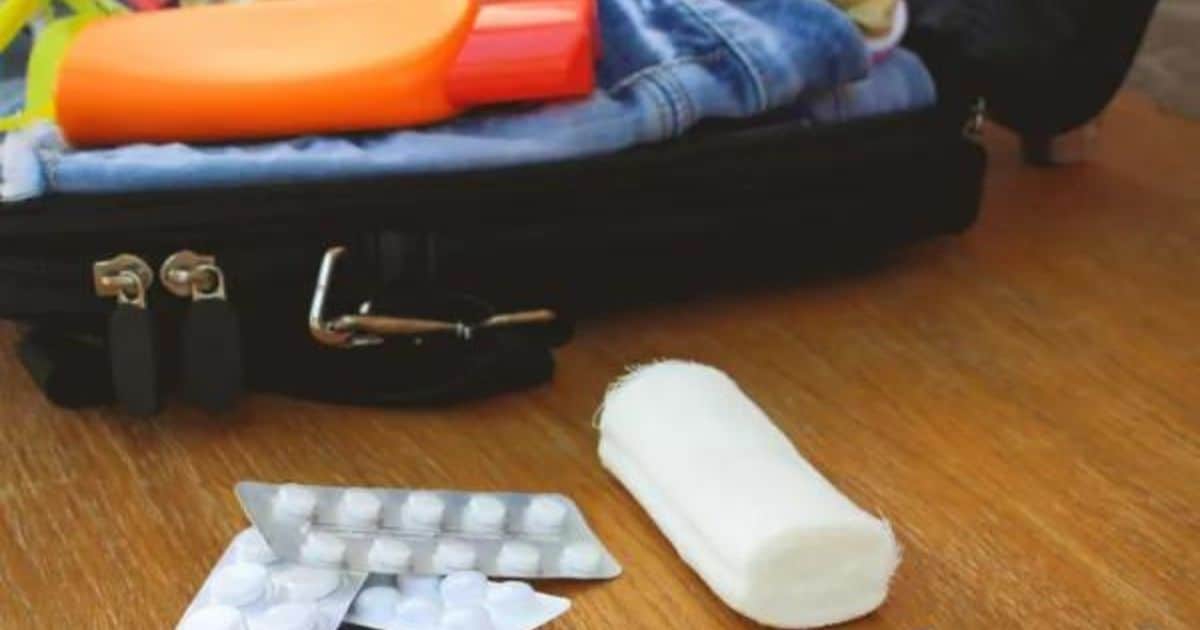
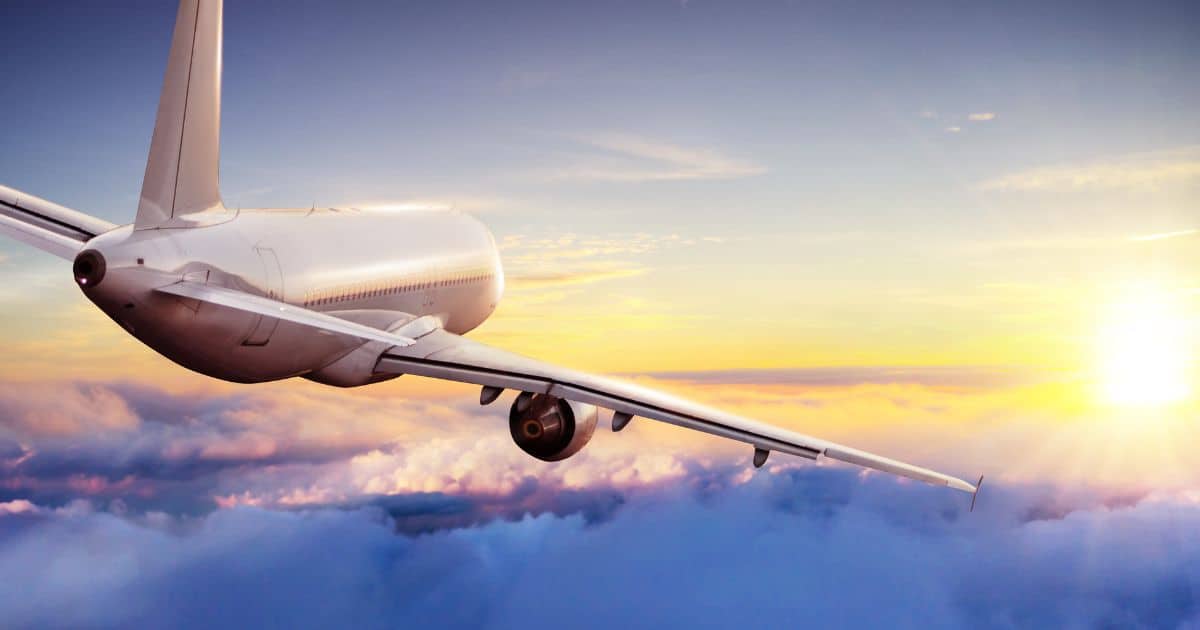
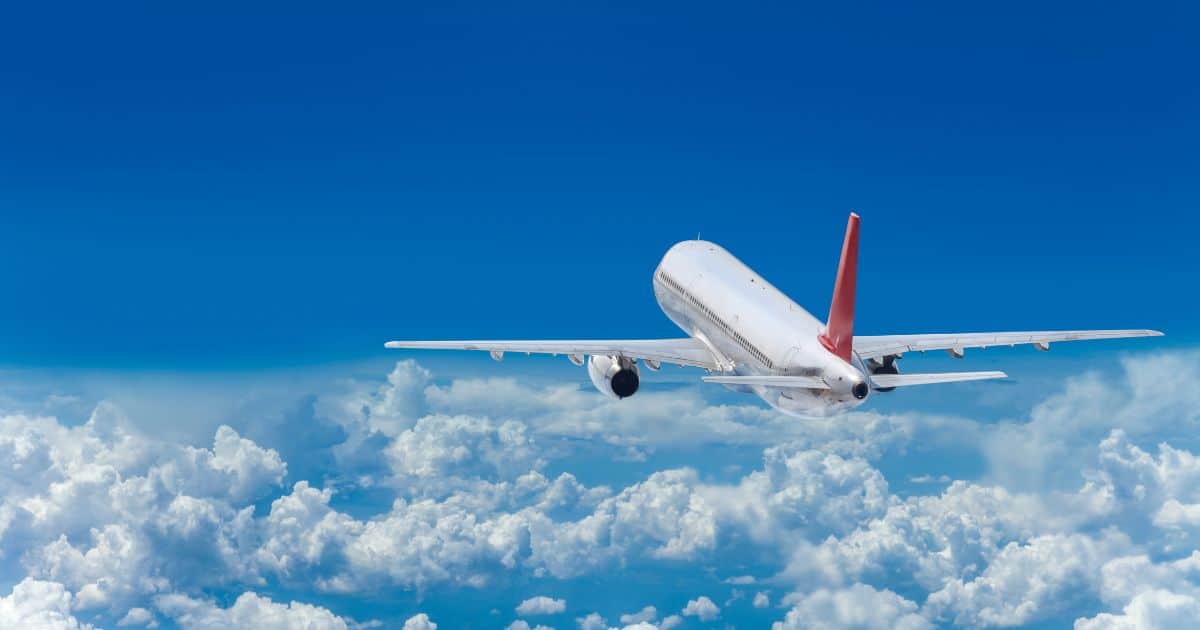
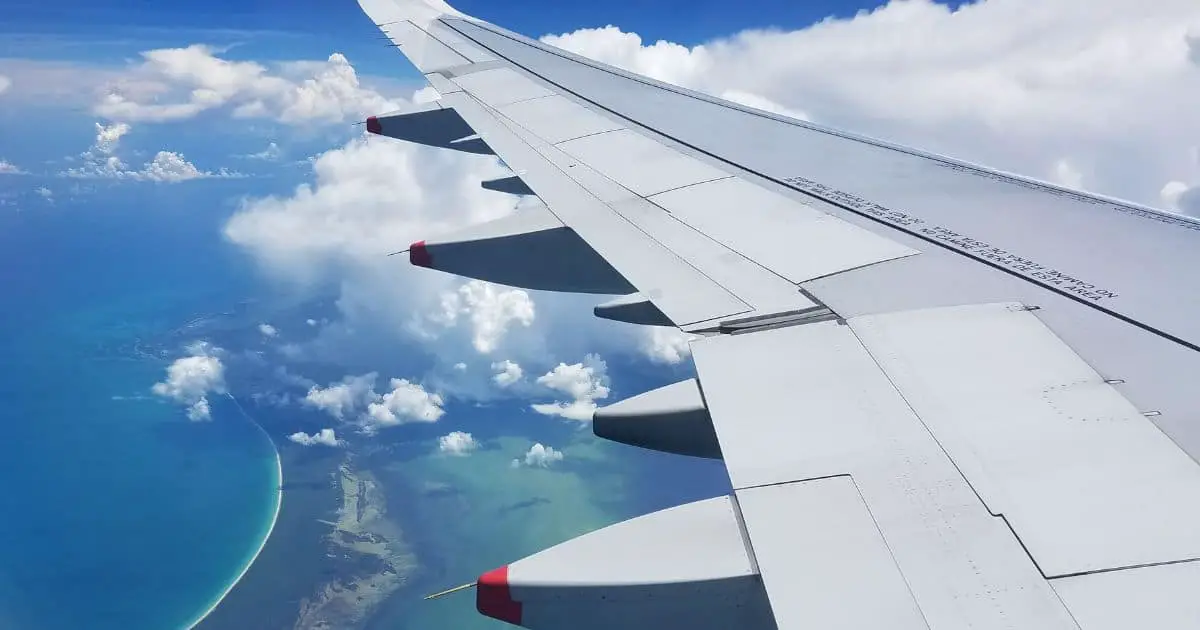
Leave a Reply